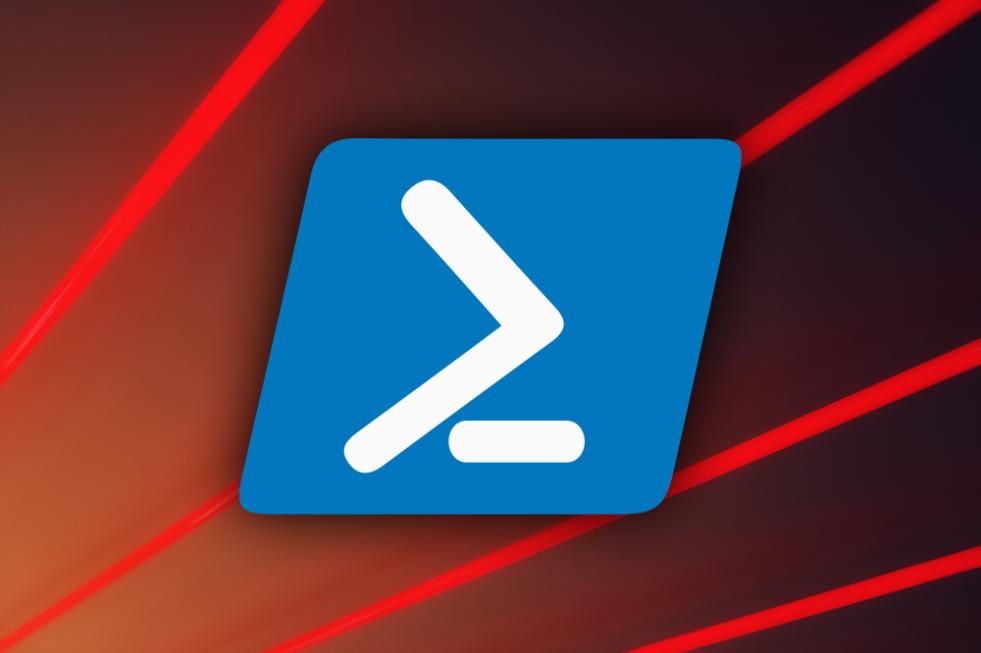How Can I Use Command-Line PowerShell to Manage Files and Folders?
PowerShell is a powerful command-line shell and scripting language included with Windows operating systems. It provides a wide range of commands and features for managing files and folders, making it an essential tool for system administrators and users who want to automate tasks or perform advanced file and folder operations.

Benefits Of Using PowerShell For File And Folder Management
- Automation: PowerShell allows you to create scripts to automate repetitive file and folder management tasks, saving time and reducing errors.
- Efficiency: PowerShell provides a wide range of commands specifically designed for file and folder management, making it more efficient than using the traditional Windows File Explorer.
- Power: PowerShell allows you to perform advanced file and folder operations that are not possible through the Windows File Explorer, such as searching for files based on specific criteria or setting file and folder permissions.
Navigating The File System
PowerShell uses a command-line interface to navigate the file system. The following commands are essential for navigating directories:
- cd: Changes the current directory.
- dir: Lists the contents of the current directory.
- mkdir: Creates a new directory.
- rmdir: Removes a directory.
Examples:
- To change to the "Documents" directory, type
cd Documentsand press Enter. - To list the contents of the current directory, type
dirand press Enter. - To create a new directory named "New Folder", type
mkdir New Folderand press Enter. - To remove the "New Folder" directory, type
rmdir New Folderand press Enter.
File Manipulation
PowerShell provides a variety of commands for manipulating files. The following commands are essential for working with files:
- copy: Copies a file from one location to another.
- move: Moves a file from one location to another.
- rename: Renames a file.
- delete: Deletes a file.
Examples:
- To copy the file "file.txt" from the current directory to the "New Folder" directory, type
copy file.txt New Folderand press Enter. - To move the file "file.txt" from the current directory to the "New Folder" directory, type
move file.txt New Folderand press Enter. - To rename the file "file.txt" to "new_file.txt", type
rename file.txt new_file.txtand press Enter. - To delete the file "new_file.txt", type
delete new_file.txtand press Enter.
Working With Folders
PowerShell provides commands for creating, moving, and removing folders. The following commands are essential for working with folders:
- mkdir: Creates a new folder.
- move-item: Moves a folder from one location to another.
- remove-item: Removes a folder.
Examples:
- To create a new folder named "New Folder" in the current directory, type
mkdir New Folderand press Enter. - To move the folder "New Folder" from the current directory to the "Documents" directory, type
move-item New Folder Documentsand press Enter. - To remove the folder "New Folder" from the "Documents" directory, type
remove-item Documents\New Folderand press Enter.
File And Folder Permissions
PowerShell allows you to set and modify file and folder permissions. The following commands are essential for working with file and folder permissions:
- get-acl: Gets the access control list (ACL) for a file or folder.
- set-acl: Sets the ACL for a file or folder.
Examples:
- To get the ACL for the file "file.txt", type
get-acl file.txtand press Enter. - To set the ACL for the file "file.txt" to allow the user "username" to have full control, type
set-acl file.txt -user username -fullcontroland press Enter.
Searching For Files And Folders
PowerShell provides commands for searching for files and folders. The following commands are essential for searching for files and folders:
- find: Searches for files and folders based on a specified name.
- where: Filters the output of a command based on a specified condition.
Examples:
- To search for all files with the name "file.txt" in the current directory, type
find file.txtand press Enter. - To search for all files with the name "file.txt" in the current directory that are larger than 1MB, type
find file.txt | where {$_.length -gt 1MB}and press Enter.
Automating File And Folder Management Tasks
PowerShell allows you to create scripts to automate file and folder management tasks. The following commands are essential for creating and running PowerShell scripts:
- new-item: Creates a new file or folder.
- copy-item: Copies a file or folder from one location to another.
- move-item: Moves a file or folder from one location to another.
- remove-item: Removes a file or folder.
Examples:
- To create a new file named "file.txt" in the current directory, type
new-item file.txtand press Enter. - To copy the file "file.txt" from the current directory to the "New Folder" directory, type
copy-item file.txt New Folderand press Enter. - To move the file "file.txt" from the current directory to the "New Folder" directory, type
move-item file.txt New Folderand press Enter. - To remove the file "file.txt" from the "New Folder" directory, type
remove-item New Folder\file.txtand press Enter.
PowerShell is a powerful tool for managing files and folders in Windows operating systems. It provides a wide range of commands and features that allow you to automate tasks, perform advanced operations, and manage file and folder permissions. By understanding the commands and techniques discussed in this article, you can use PowerShell to streamline your file and folder management tasks and improve your productivity.
YesNo

Leave a Reply